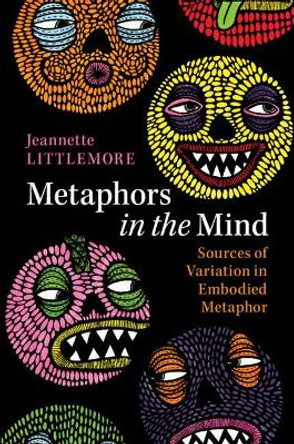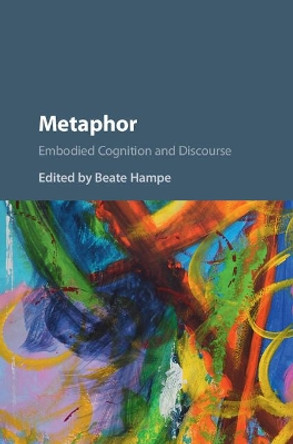Abstract concepts are often embodied through metaphor. For example, we talk about moving through time in metaphorical terms, as if we were moving through space, allowing us to 'look back' on past events. Much of the work on embodied metaphor to date has assumed a single set of universal, shared bodily experiences that motivate our understanding of abstract concepts. This book explores sources of variation in people's experiences of embodied metaphor, including, for example, the shape and size of one's body, one's age, gender, state of mind, physical or linguistic impairments, personality, ideology, political stance, religious beliefs, and linguistic background. It focuses on the ways in which people's experiences of metaphor fluctuate over time within a single communicative event or across a lifetime. Combining theoretical argument with findings from new studies, Littlemore analyses sources of variation in embodied metaphor and provides a deeper understanding of the nature of embodied metaphor itself.
Explores the physical, psychological and social factors that shape the way in which people engage with embodied metaphor.About the AuthorJeannette Littlemore is Professor of Applied Linguistics in the Department of English Language and Linguistics at the University of Birmingham. She is author of multiple books including Metonymy: Hidden Shortcuts in Language, Thought and Communication (Cambridge, 2015) and Figurative Language, Genre and Register (with Alice Deignan and Elena Semino, Cambridge, 2013).
Reviews'Lucidly written and well argued, the monograph successfully shows us why this project is worth pursuing.' Shengxi Jin, Journal of Pragmatics
Book InformationISBN 9781108403986
Author Jeannette LittlemoreFormat Paperback
Page Count 288
Imprint Cambridge University PressPublisher Cambridge University Press
Weight(grams) 490g
Dimensions(mm) 228mm * 152mm * 14mm










